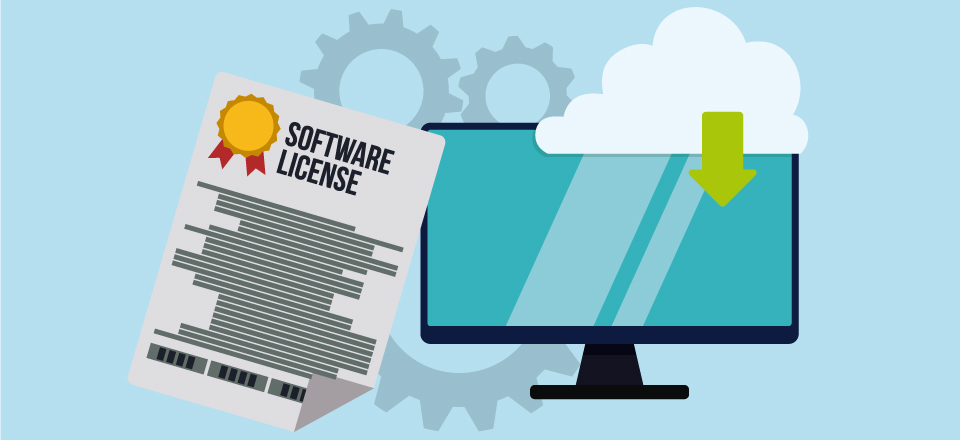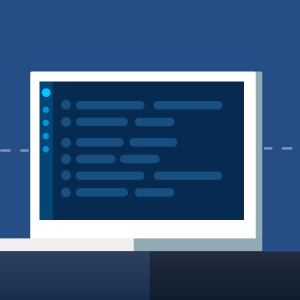What Is A Permissive Software License? (How Does It Work, Popular Type + More)
June 15, 2022

A permissive software license is a free software license that has minimal constraints on how you can use the software. Read on to find out more.
A permissive license is popular in the Open Source Software community because it grants developers the freedom to modify a source code without significant implications. While other licenses have strict requirements on how to use their software, a permissive license has a handful; its simplicity and laxity appeal to developers who prefer a hassle-free compliance process.
How Does A Permissive Software License Work?
Permissive software licenses give you the freedom to study, copy, change, and redistribute Open Source software without making these changes known to the software development community. As a software developer, you can keep modified versions of your Open Source private and sell your products legally. All you have to do is attach an original copyright notice and license text copy to your source code. This liberty makes permissive licenses popular in the tech space since you can add their source code to proprietary software and protect it from competitors. Other regulations, like copyleft licenses, require you to declare the changes you make to their respective Open Source software.
What Is The Most Popular Permissive Software License?
The MIT License is the most popular permissive software license. The license allows you to study, copy, change, and redistribute your project as proprietary software as long as you attach a copy of the license and an original copyright notice to the modified source code. An MIT license is brief, flexible, and straightforward; you can release your projects faster. You can even sublicense the changes under a stricter license. However, the author of an MIT-licensed Open Source software isn’t legally liable for any complications. If an MIT license doesn’t suffice, below are alternatives to the MIT license you can explore, but some of them have additional requirements.
Alternatives To MIT Permissive License
| Software License | Additional Requirements | Benefits | Limitations |
| Apache 2.0 | Licensee must define significant changes in a source code and attach a NOTICE file where necessary. You don’t have to make your source code public; a simple outline is enough. | Copyright holders can patent their work. | You can’t use the licensor’s trademark |
| Berkley Software Distribution (BSD) License | None, but a BSD license has versions that may omit a permissive license’s requirements. | The license protects contributors who develop an Open Source software from litigation in case of damages caused by changes in their original work. | You can’t use a project’s name and its contributors to promote your derived work without their consent. |
Conclusion
A permissive license offers minor restrictions in the Open Source software community. Most software projects use these licenses on widely-used programming frameworks, like Angular.js and Kubernetes, because they can fashion their source code into proprietary software for sale.
FAQs
What is the best license for an Open Source software project?
A permissive license is the best software license for Open Source software because of its simple compliance practices.
Can a software license expire?
Yes, especially if it’s proprietary software.

